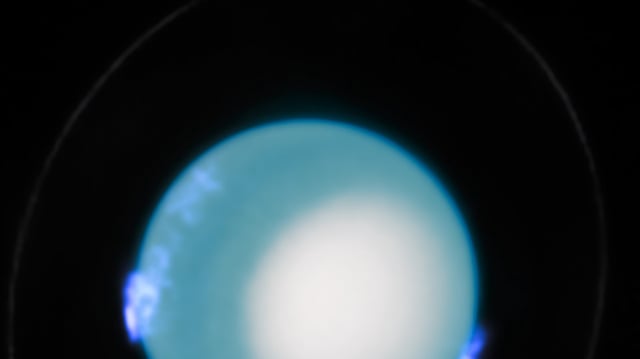Overview
- New research confirms Uranus’ day lasts 17 hours, 14 minutes, and 52 seconds, 28 seconds longer than the 1986 Voyager 2 estimate.
- The revised rotation period resolves long-standing issues with tracking Uranus’ magnetic poles caused by outdated coordinate systems.
- The measurement was achieved using ultraviolet aurora data from the Hubble Space Telescope collected between 2011 and 2022.
- This precise method establishes a new benchmark for studying planetary rotation rates, including for exoplanets with magnetic fields.
- The updated longitude system enhances Uranus mapping accuracy and provides critical data for planning future missions to the ice giant.
